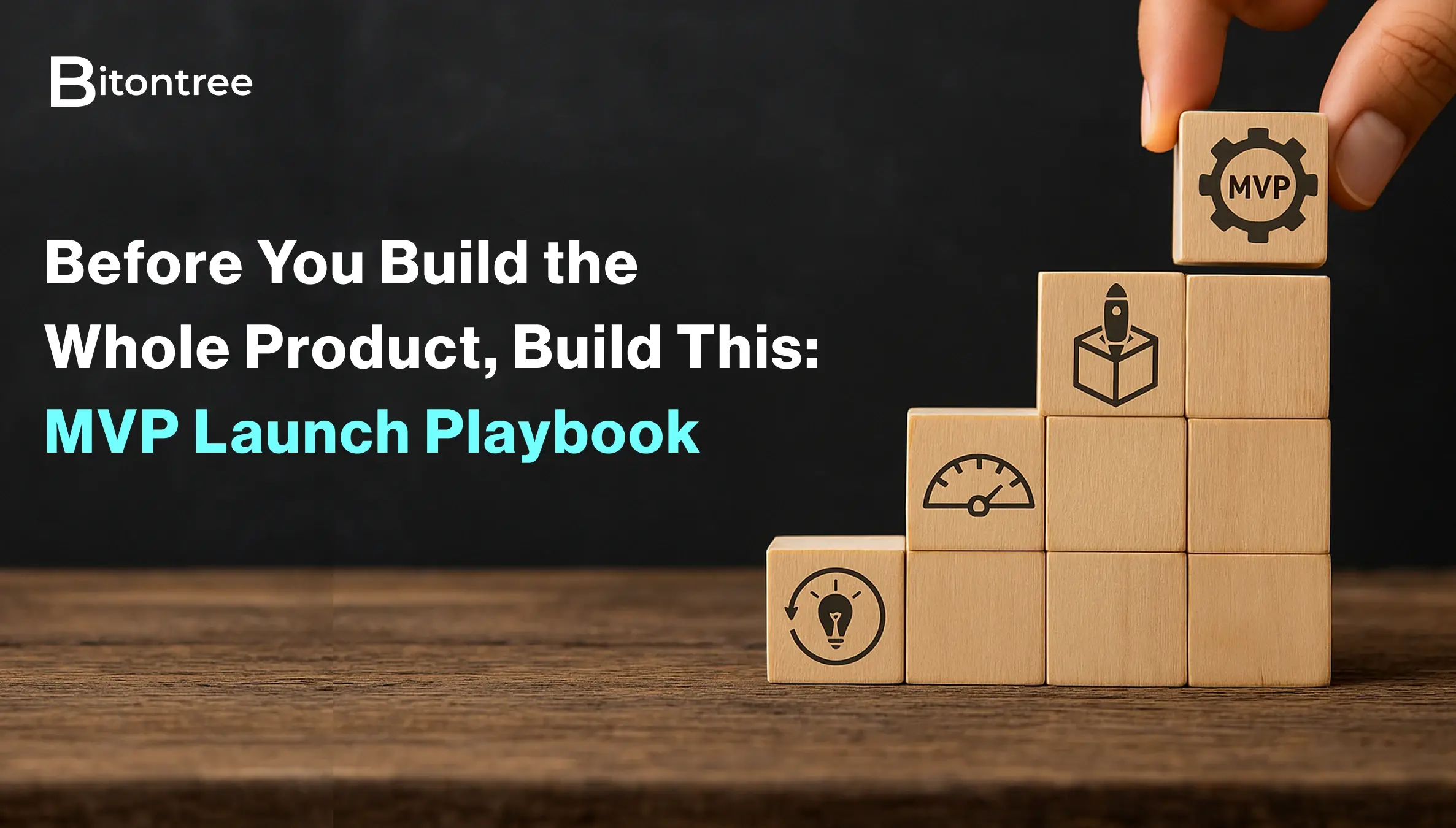20 August 2025
Before You Build the Whole Product, Build This: MVP Launch Playbook

Yash Vibhandik
CEO, Bitontree

20 August 2025

CEO, Bitontree


Yash Vibhandik
Yash Vibhandik, CEO of Bitontree, is a forward-thinking leader passionate about harnessing AI and software innovation to solve real-world business challenges. He focuses on building intelligent, scalable solutions that empower industries to achieve digital excellence and sustainable growth.